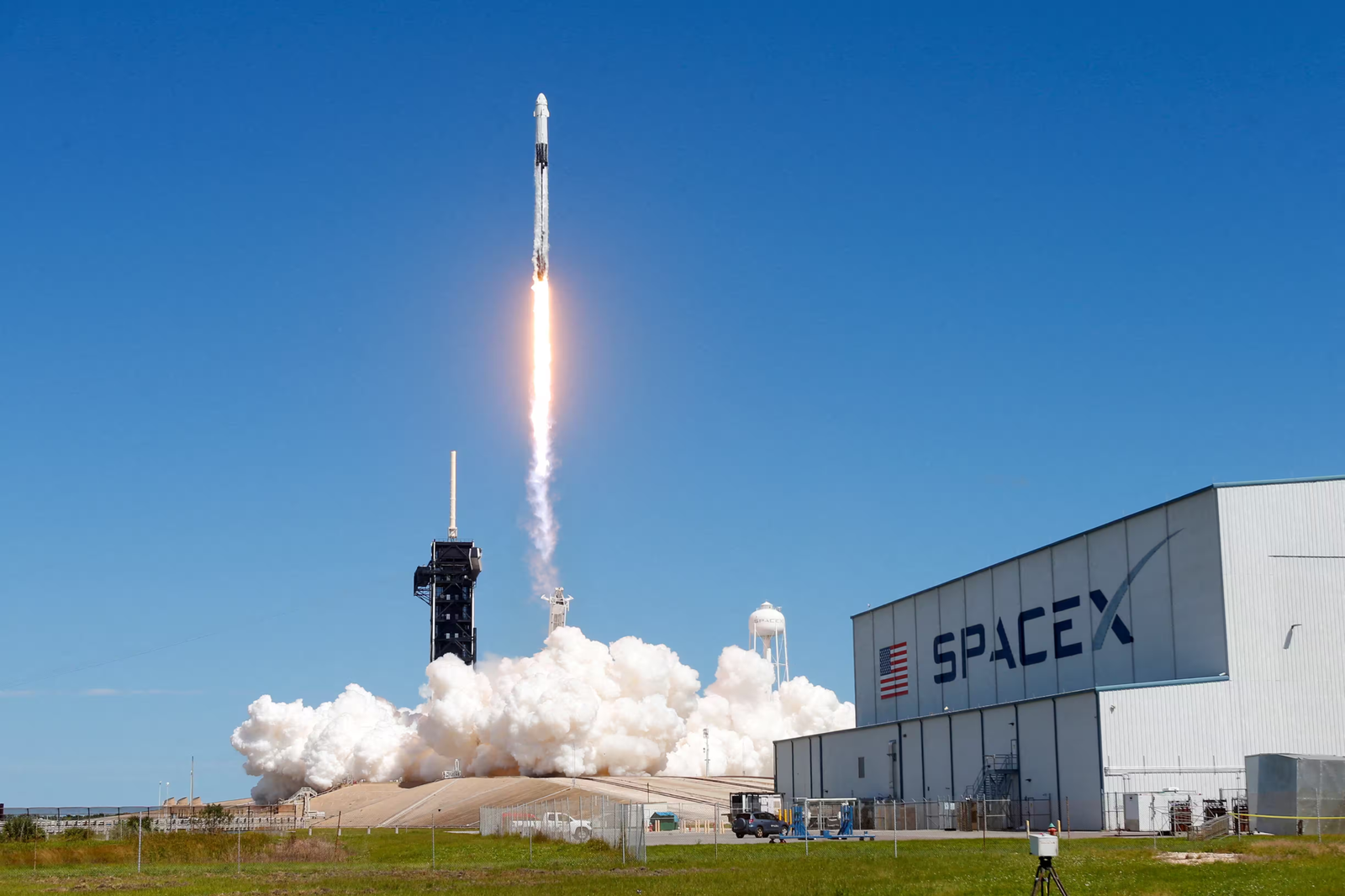
SpaceX Rocket’s Spectacular Demise Creates Glowing Spiral Amidst the Northern Lights
In a breathtaking celestial display, a dying SpaceX rocket recently illuminated the night sky, leaving behind a mesmerizing spiral reminiscent of a galaxy amidst the Northern Lights. This unexpected phenomenon captivated skywatchers and sparked awe and wonder as it unfolded against the backdrop of Earth’s natural light show. Let’s delve into the extraordinary event and the science behind this ethereal spectacle.
The spectacle unfolded as a SpaceX Falcon 9 rocket, nearing the end of its operational life, re-entered Earth’s atmosphere above the Arctic Circle. As the rocket descended, friction with the Earth’s atmosphere generated intense heat, causing the rocket’s exterior to glow and emit a brilliant trail of light visible against the darkened sky.
What set this particular re-entry apart was its timing and location, coinciding with a display of the Northern Lights, also known as the aurora borealis. The collision of these two phenomena created a striking visual spectacle—a glowing spiral that appeared to weave through the vibrant hues of the aurora, resembling a celestial dance between Earth and space.
The Northern Lights, a natural phenomenon caused by the interaction of solar particles with Earth’s magnetic field, typically manifest as shimmering curtains of light dancing across the polar skies. The addition of the glowing rocket spiral added an unexpected element to this already mesmerizing display, transforming the night sky into a canvas of celestial artistry.
The spiral pattern observed during the rocket’s re-entry can be attributed to the rotation of the spacecraft as it tumbles and breaks apart upon encountering the Earth’s atmosphere. This rotational motion, combined with the intense heat and atmospheric pressure, creates the distinctive spiral pattern observed during re-entry events.
While rocket re-entries are not uncommon, the visual spectacle created by the SpaceX rocket’s demise was particularly striking due to its interaction with the Northern Lights. The juxtaposition of man-made and natural phenomena served as a poignant reminder of humanity’s exploration of space and our connection to the vast cosmos.
For skywatchers fortunate enough to witness the event, it offered a rare glimpse into the intersection of science, technology, and natural beauty. The ethereal glow of the rocket spiral against the backdrop of the aurora borealis served as a testament to the wonder and mystery of the universe, inspiring awe and curiosity in those who beheld it.
As humanity continues to push the boundaries of space exploration, events such as these serve as reminders of the profound impact of our endeavors on the natural world and the beauty that can emerge from the intersection of science and art. Whether through the glow of a dying rocket or the dance of the Northern Lights, the night sky continues to enchant and inspire, inviting us to gaze skyward and ponder the mysteries of the cosmos.







